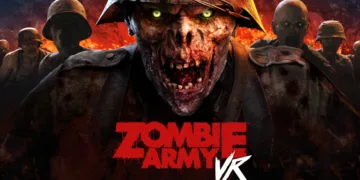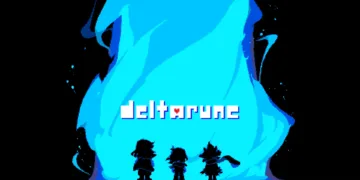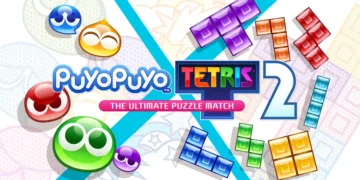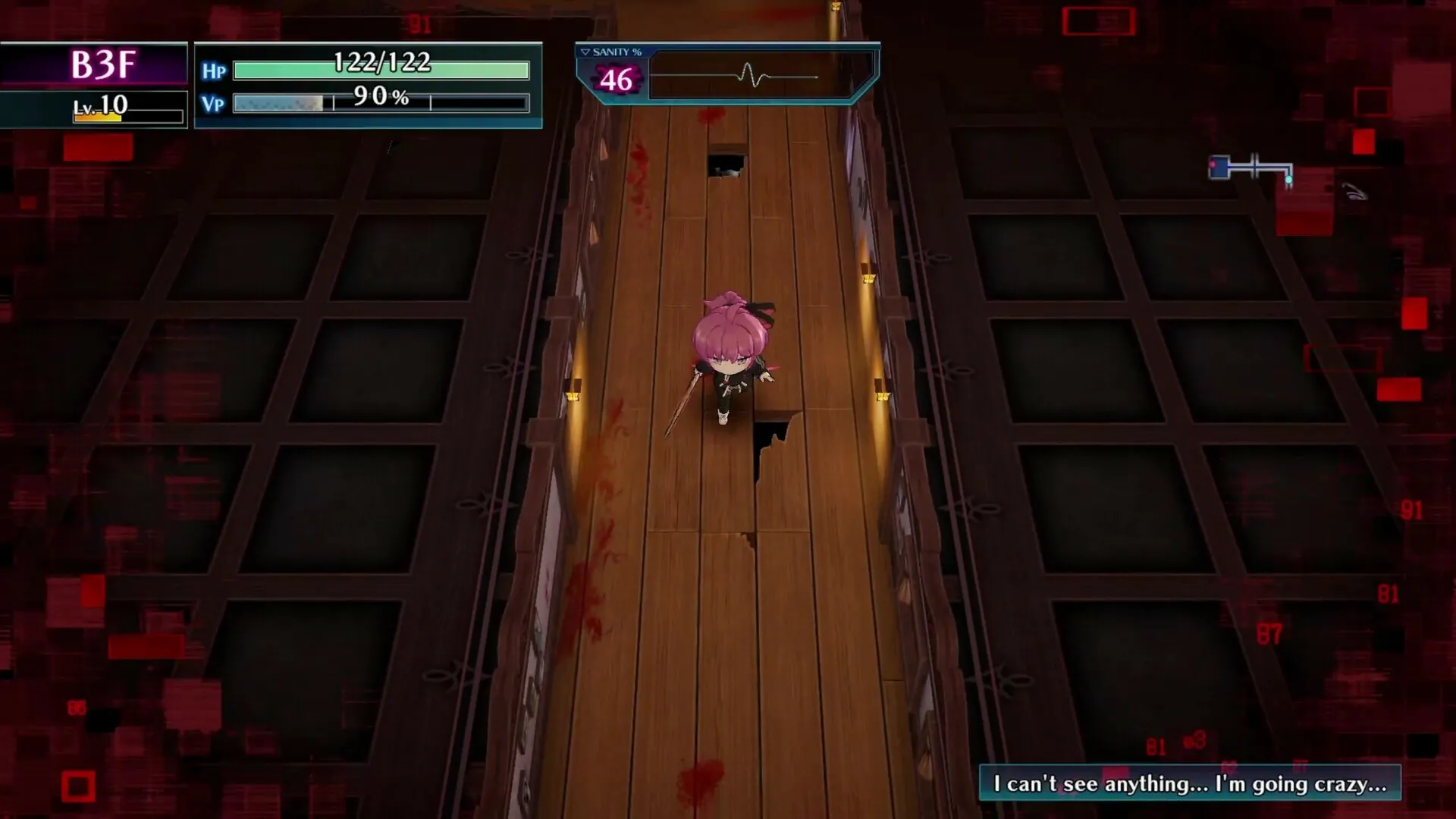Death end re;Quest Code Z marks a notable deviation for the series, shifting its established gameplay paradigms while retaining its thematic core. Players step into the role of Sayaka Hiwatari, a Luden – an advanced AI entity – operating as a debugger with a black widow spider motif subtly underscoring her design.
Her primary directive is to venture into perilous, digitally constructed environments, referred to as Strain Areas or a mirrored world. Within these volatile zones, Sayaka’s mission is to locate and retrieve characters who will be recognizable to those who have followed the franchise’s previous entries.
The game quickly establishes an atmosphere where bright, cheerful anime aesthetics and character interactions are frequently and jarringly interrupted by sudden, brutal dangers and disturbing, often graphic, outcomes, a characteristic juxtaposition the series is known for.
Echoes in the Labyrinth: Deconstructing Code Z’s Roguelike Mechanics
The foundational gameplay of Death end re;Quest Code Z pivots to a traditional roguelike structure, reminiscent of classics such as “Shiren the Wanderer” or the “Chocobo’s Mystery Dungeon” series. Exploration unfolds on a grid, where every action Sayaka takes—be it moving one tile, attacking, or using an item—prompts a corresponding action from all enemies present in the current dungeon area.
These dungeons are procedurally generated, offering randomized layouts, item distribution, and enemy placements, with unseen traps scattered across floor tiles that can trigger detrimental effects. Adding to the challenge, players will occasionally need to escort rescued characters back through these hazardous environments. Formidable “Glitch Girl” opponents, significantly tougher than standard foes, often appear after a certain duration or may guard crucial exit points, demanding careful navigation or outright avoidance.
A critical system governing dungeon delves is the “Sanity” meter. This gauge steadily depletes with each action Sayaka performs or simply with the passage of time within a dungeon. As her Sanity diminishes, the player’s field of vision narrows, the screen becomes obscured by glitch effects, and at its lowest point, Sayaka will begin to inflict damage upon herself.
Items to restore Sanity, such as “Ether Codes,” are often in short supply, creating a persistent tension and demanding careful resource management. Combat itself is relatively straightforward: Sayaka can attack adjacent enemies horizontally, vertically, or diagonally. A “VP gauge” fills as enemies are defeated, which, when full, allows Sayaka to temporarily transform into her more potent “Vanquish Form.”
This mechanical simplicity is mirrored in the inventory system, which is quite restricted in capacity, and weapon upgrades, obtained via “patch” or “memory” items, are infrequent. The game does offer various difficulty settings, which directly influence the consequences of meeting a “Death End,” ranging from retaining all items and experience to losing everything or even having Sayaka’s level reset.
The Calculated Demise: Progression Through Failure
A defining feature of the Death end re;Quest series, the “Death End” system, is not merely present in Code Z but is woven into the very fabric of its progression model. Experiencing a game over, often accompanied by a detailed and sometimes gruesome textual and visual depiction of Sayaka’s demise, is paradoxically a primary method of strengthening the protagonist.
Each unique way Sayaka perishes—whether at the hands of a specific enemy, a dungeon trap, or her own loss of Sanity—rewards the player with skill points. These points are then invested into Sayaka’s skill tree to enhance her fundamental statistics, such as HP, Attack, and Defense.
The skill tree itself is more functional than expansive; it provides necessary boosts but doesn’t offer deep customization. This design encourages players to actively seek out different ways to fail, turning each new enemy and environmental hazard into a potential, albeit grim, opportunity.
This creates an interesting dynamic: while accumulated skill points make subsequent runs and general survival easier, they can also make it more challenging to trigger specific Death Ends tied to weaker enemies if Sayaka becomes too powerful. Beyond this death-driven advancement, Sayaka also gains traditional experience levels from defeating foes, though new weaponry is largely tied to story progression rather than being found or crafted extensively within the dungeons.
A Spectrum of Sensation: Visuals, Sound, and Fragmented Narratives
Visually, Death end re;Quest Code Z continues the series’ tradition of stark contrasts. Appealing anime character designs, often with elements of fan service, are set against shocking displays of graphic violence and unsettling horror imagery.
Character portraits during dialogue sequences and the unique CGs that illustrate critical story moments or particularly vivid Death Ends are generally of high quality and possess a distinct stylized look, often incorporating glitch effects. However, some of the CGs for Death Ends are noticeably reused for different death scenarios, with only the textual descriptions changing, which can lessen their impact over time.
While boss characters and the imposing Glitch Girls are distinct, many standard enemy designs tend towards the generic, and the randomly generated dungeon environments, though sometimes thematically dressed, can become visually monotonous.
The audio presentation features exclusively Japanese voice acting. The performances are frequently effective, particularly in conveying Sayaka’s distress during perilous situations or the chilling glee of certain narrators commenting on her failures. The background music provides a fitting ambiance for dungeon exploration and moments of tension, and the opening theme song is generally well-regarded for capturing the game’s essence. The narrative focuses on Sayaka’s efforts to rescue characters from previous titles within a distorted digital reality.
Full comprehension of the plot, including the nature of Ludens, the intricacies of the mirrored world created by Iris, and the significance of returning figures like Shina, heavily leans on familiarity with prior Death end re;Quest games, potentially leaving newcomers feeling adrift. Story revelations are sometimes slowly paced, with answers to Sayaka’s (and the player’s) questions about her predicament and the world’s state often delayed.
The game attempts to balance its grim, violent main story with lighter, often humorous character interactions and optional sub-events found in the game’s hub area. A notable narrative technique involves certain characters, Sayaka included, occasionally breaking the fourth wall to address the player directly, seeking guidance or sharing observations.
The Review
Death end re;Quest Code Z
Death end re;Quest Code Z boldly integrates its 'death as progress' philosophy into a traditional roguelike framework, offering a distinctive, if often punishing, loop. The series' signature aesthetic clash between cute and grotesque remains visually arresting. However, frustrating mechanics like the intrusive Sanity system, coupled with repetitive dungeon design and a narrative deeply entrenched in prior series lore, make it a challenging recommendation beyond its dedicated fanbase. It’s an experience with clear moments of ingenuity overshadowed by notable design frustrations and a high barrier to entry for newcomers.
PROS
- Innovative "Death End" system makes failure a core part of progression.
- Striking visual aesthetic blending cute anime designs with graphic horror elements.
- Engaging traditional roguelike gameplay loop for fans of the genre.
- Strong Japanese voice performances that enhance emotional scenes.
CONS
- Frustrating and often punishing Sanity meter mechanic.
- Narrative is heavily reliant on prior games, creating a high barrier for newcomers.
- Repetitive elements, including some reused visual assets and generic enemy/dungeon designs.
- Limited inventory and relatively simple combat customization options.


















































